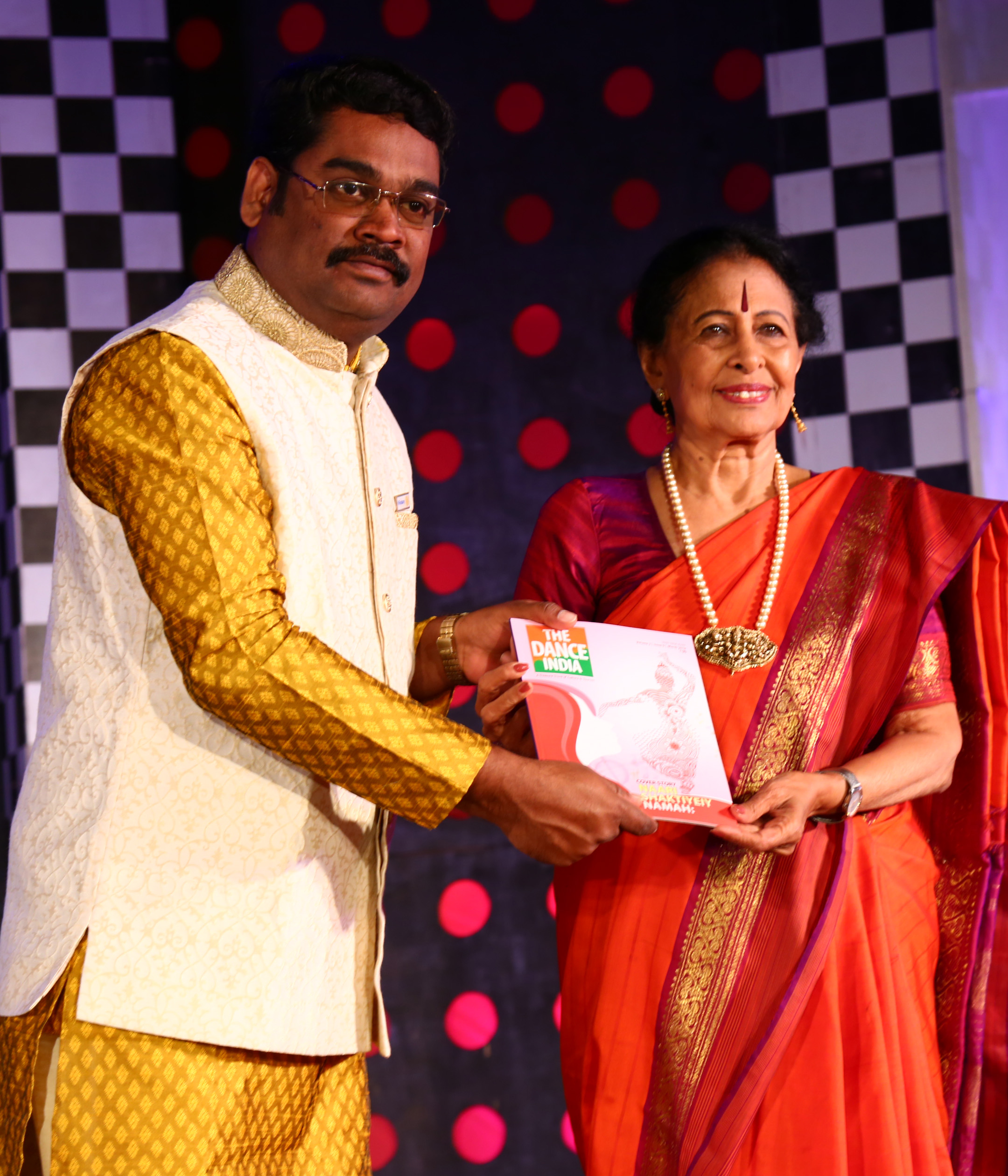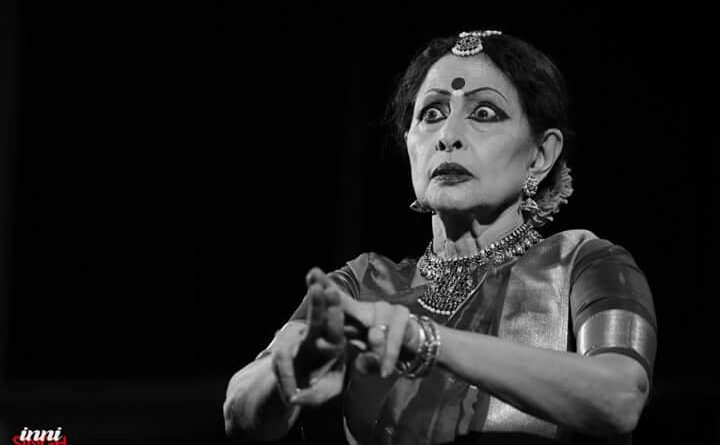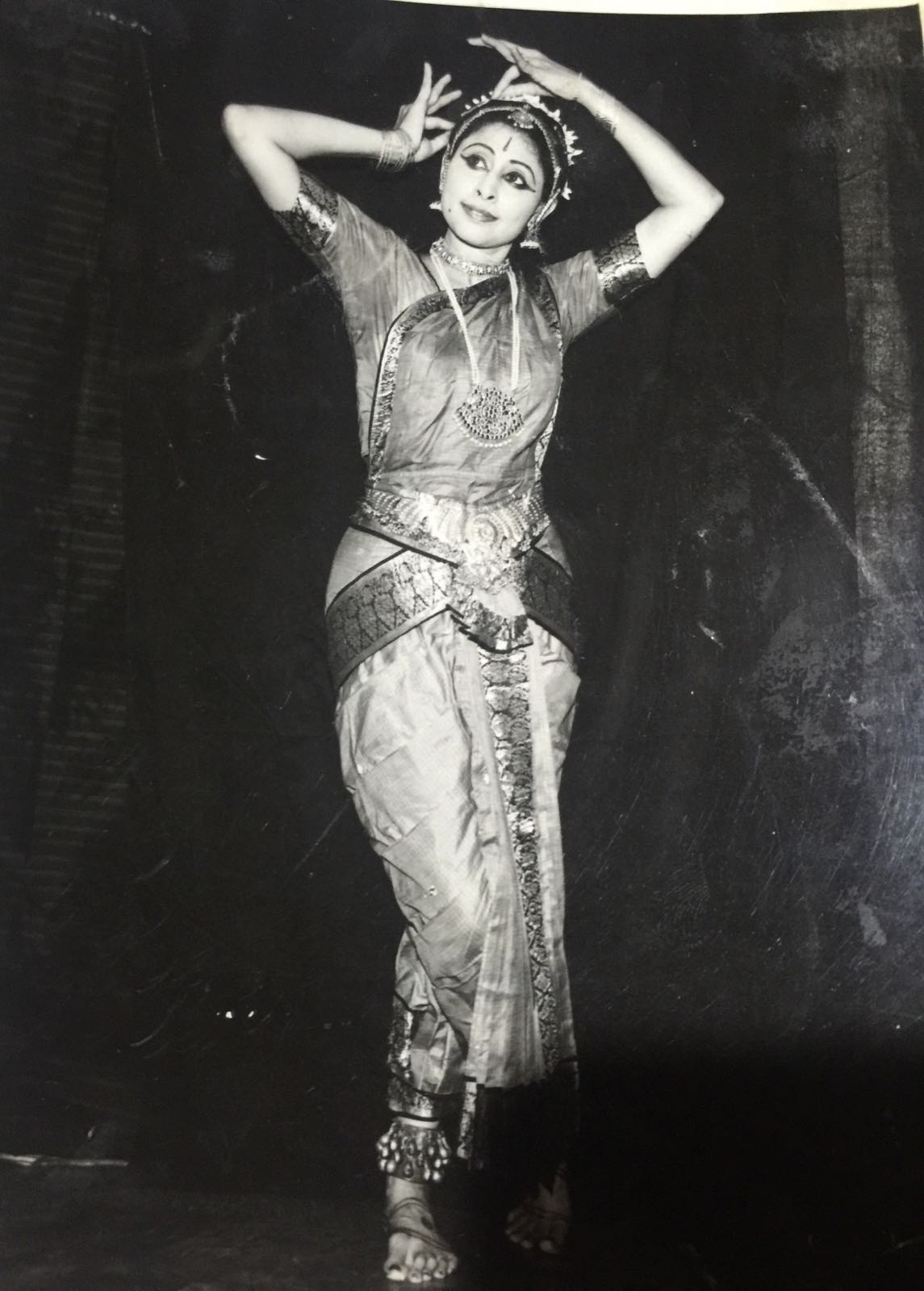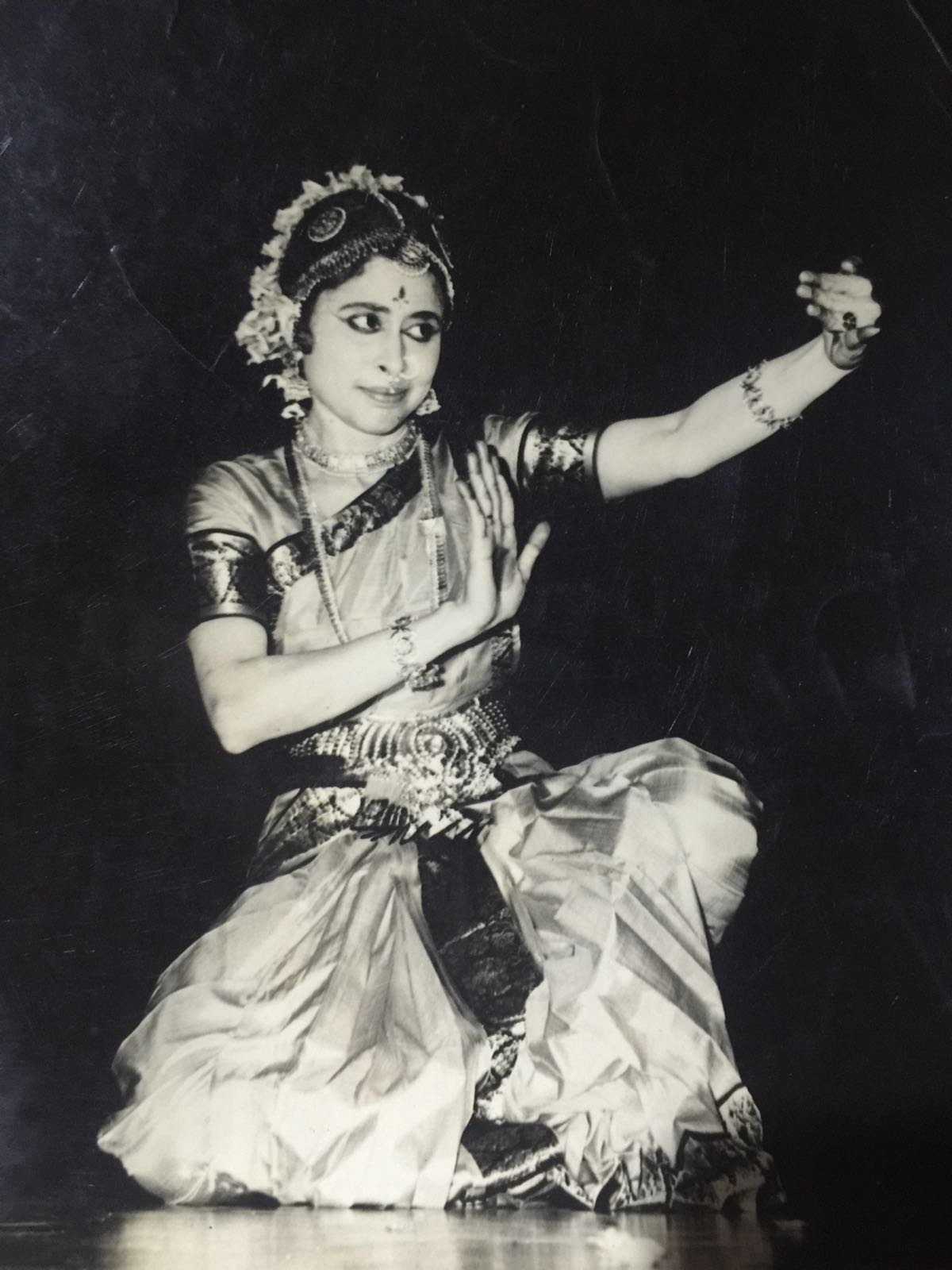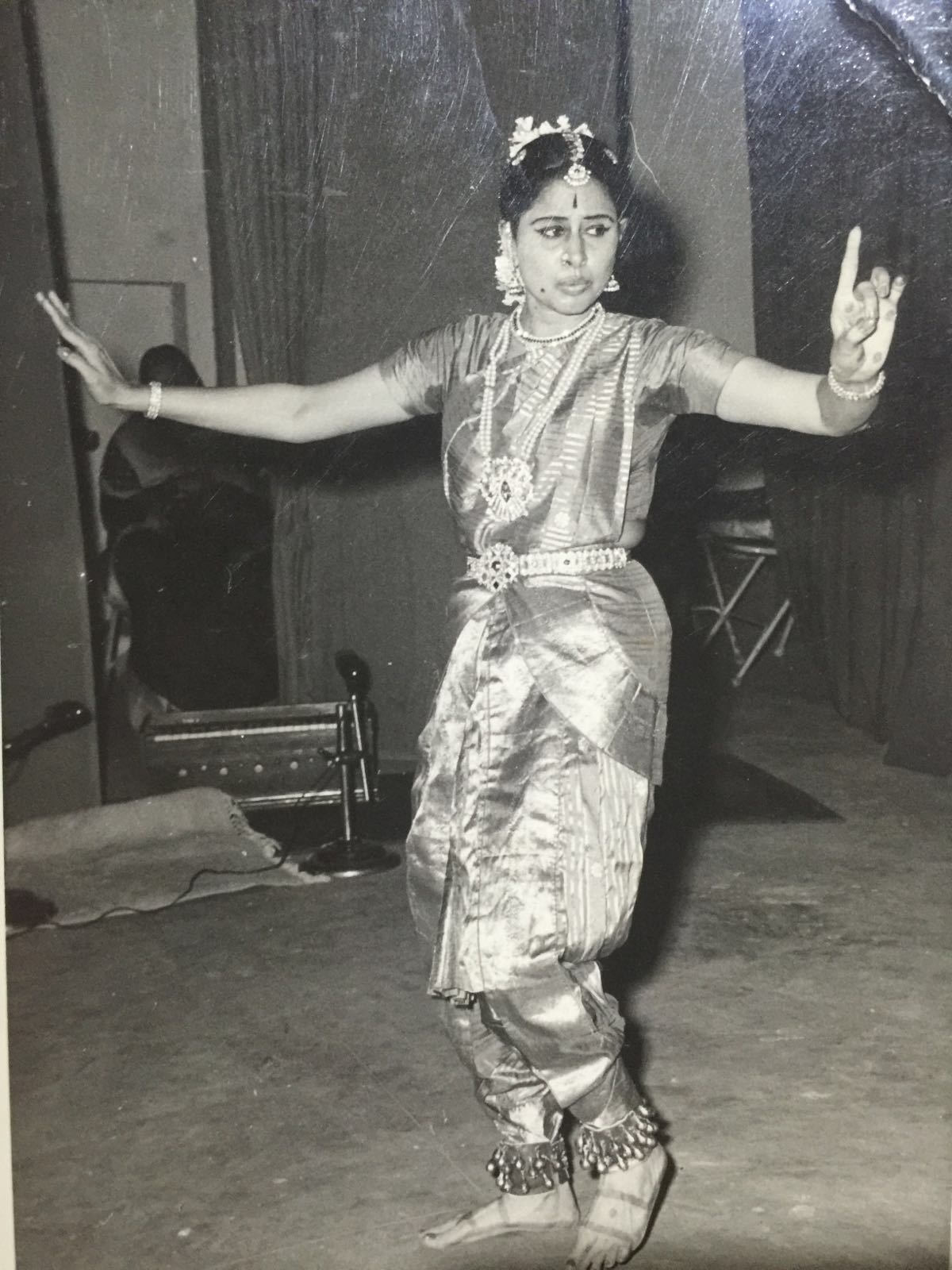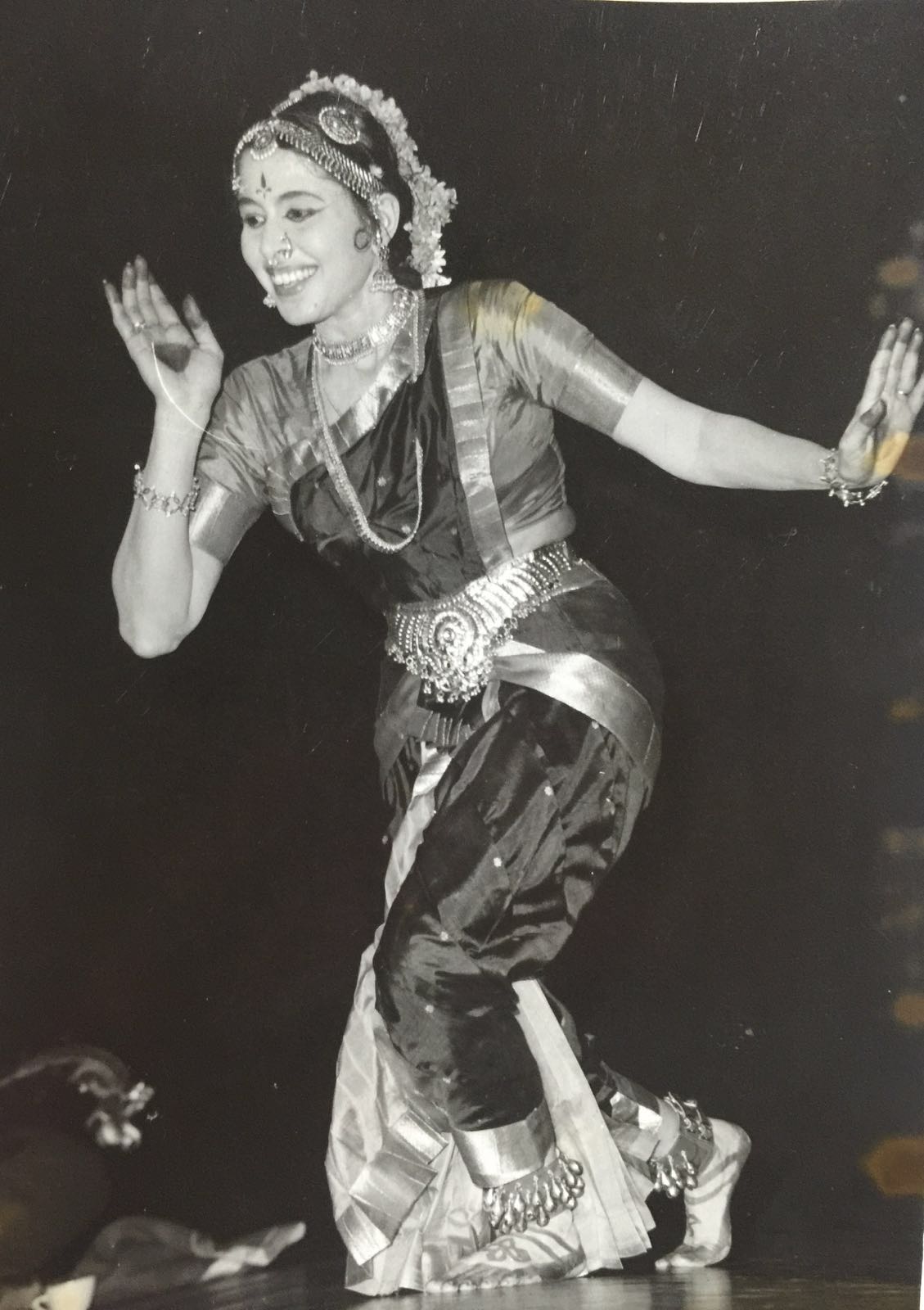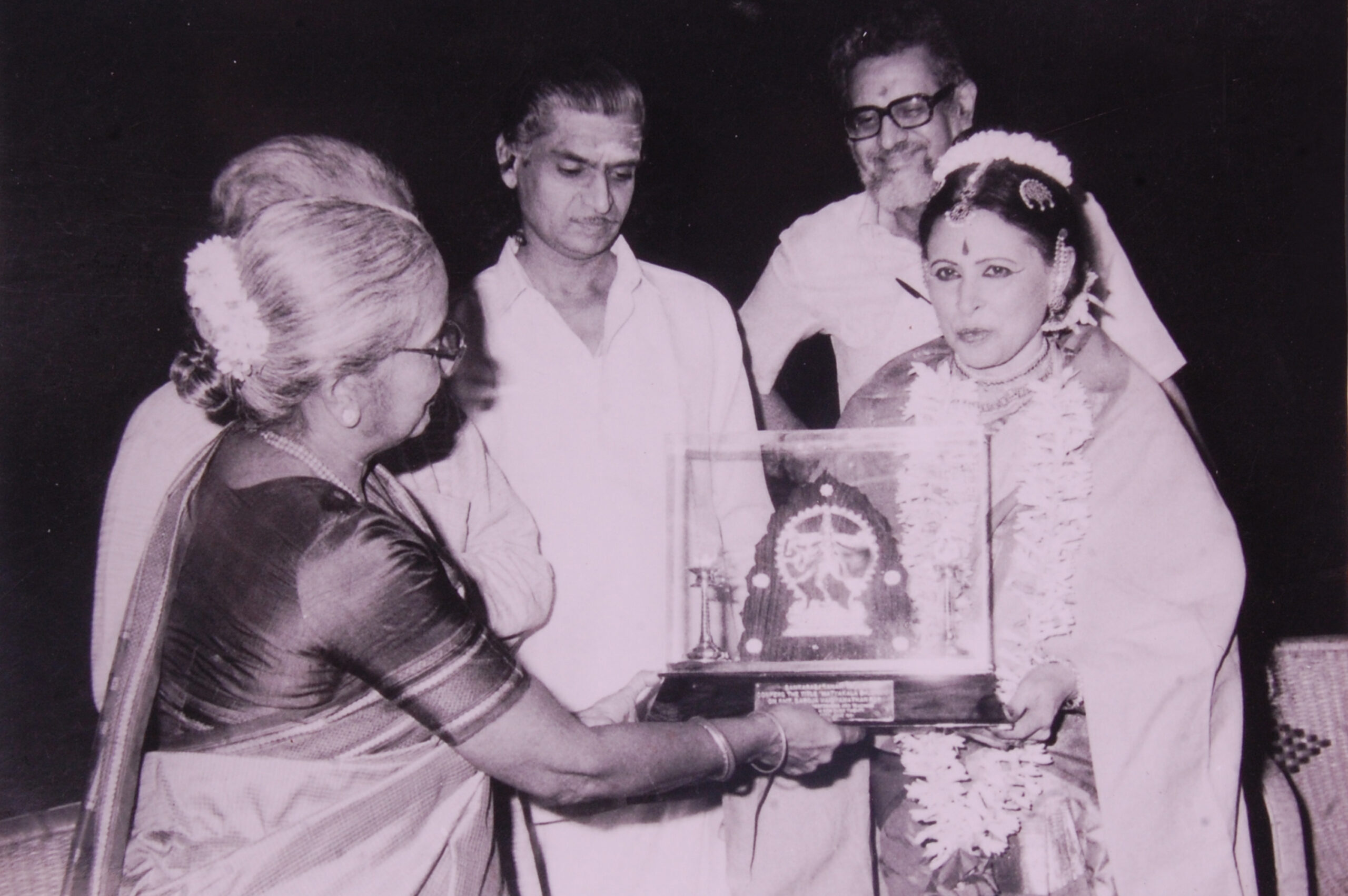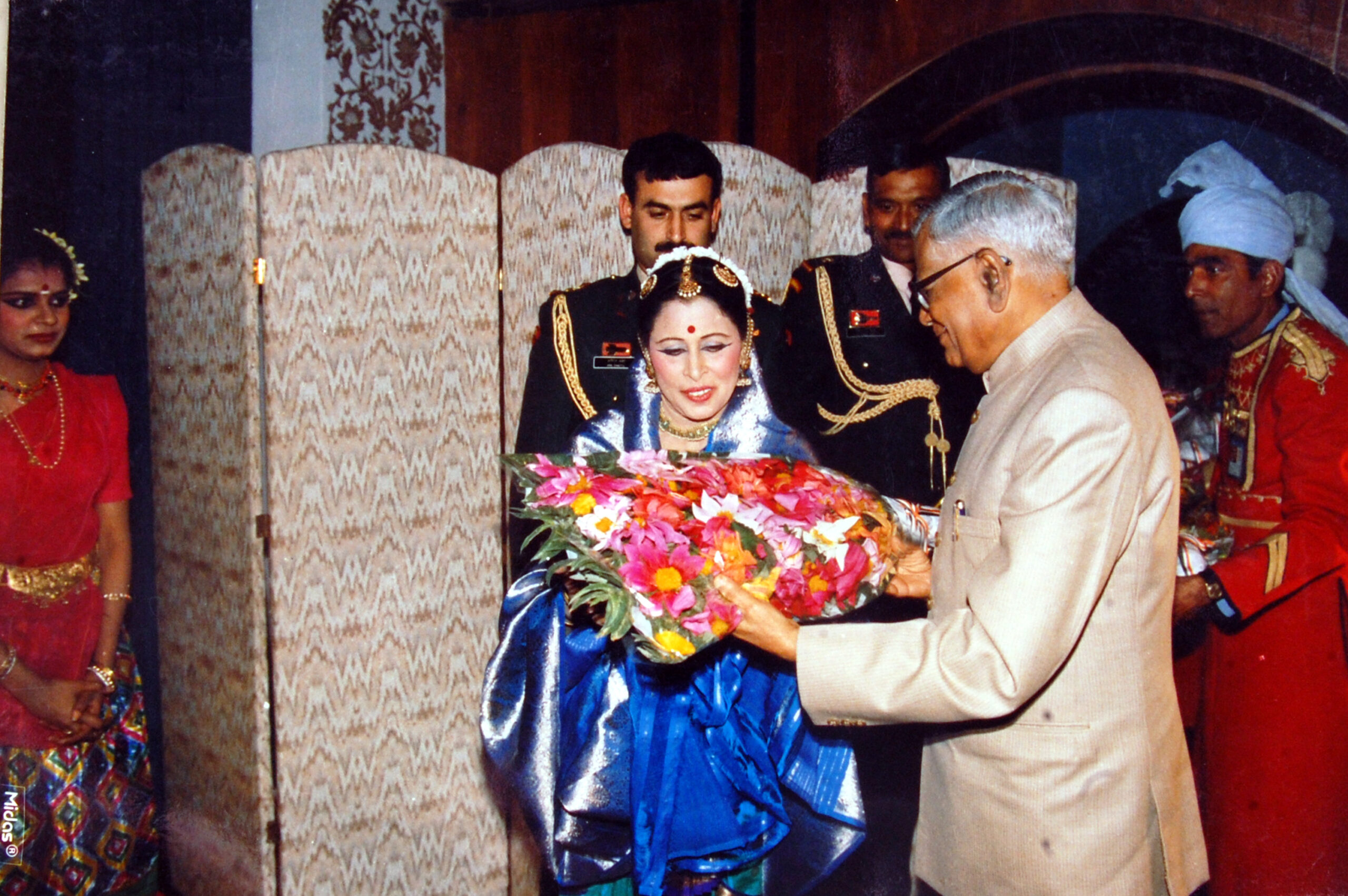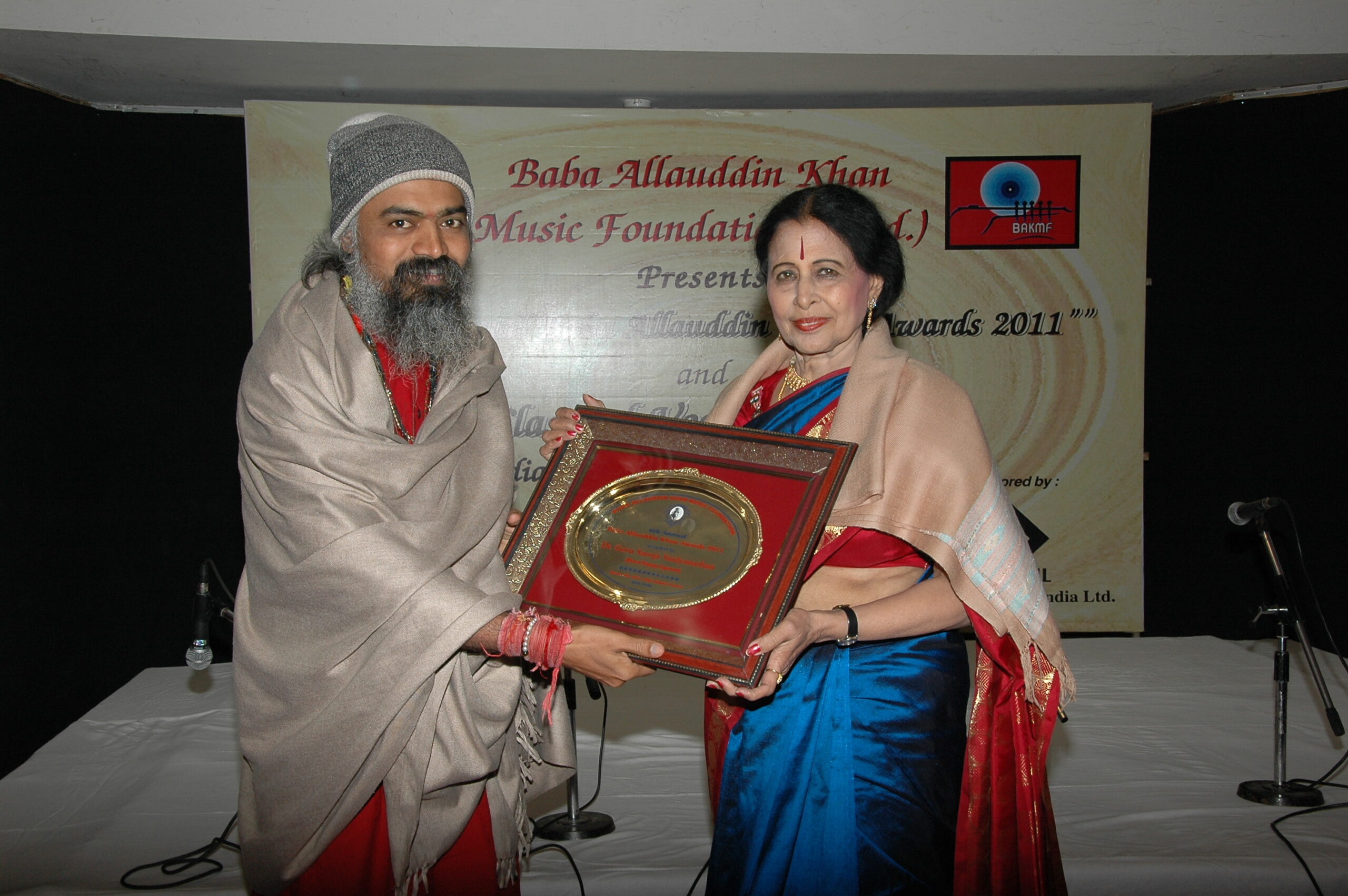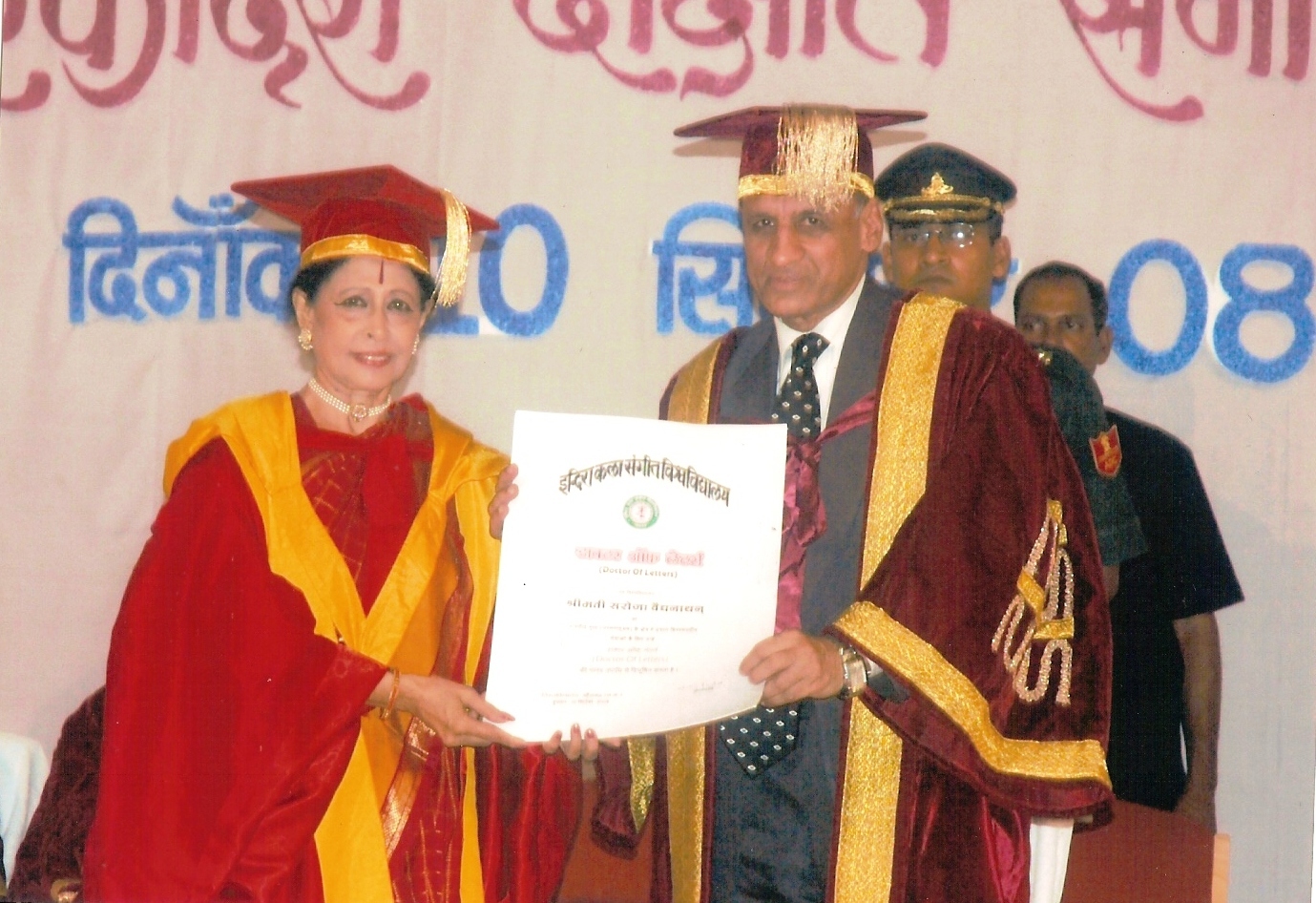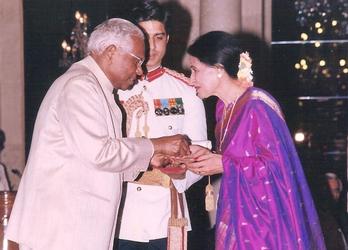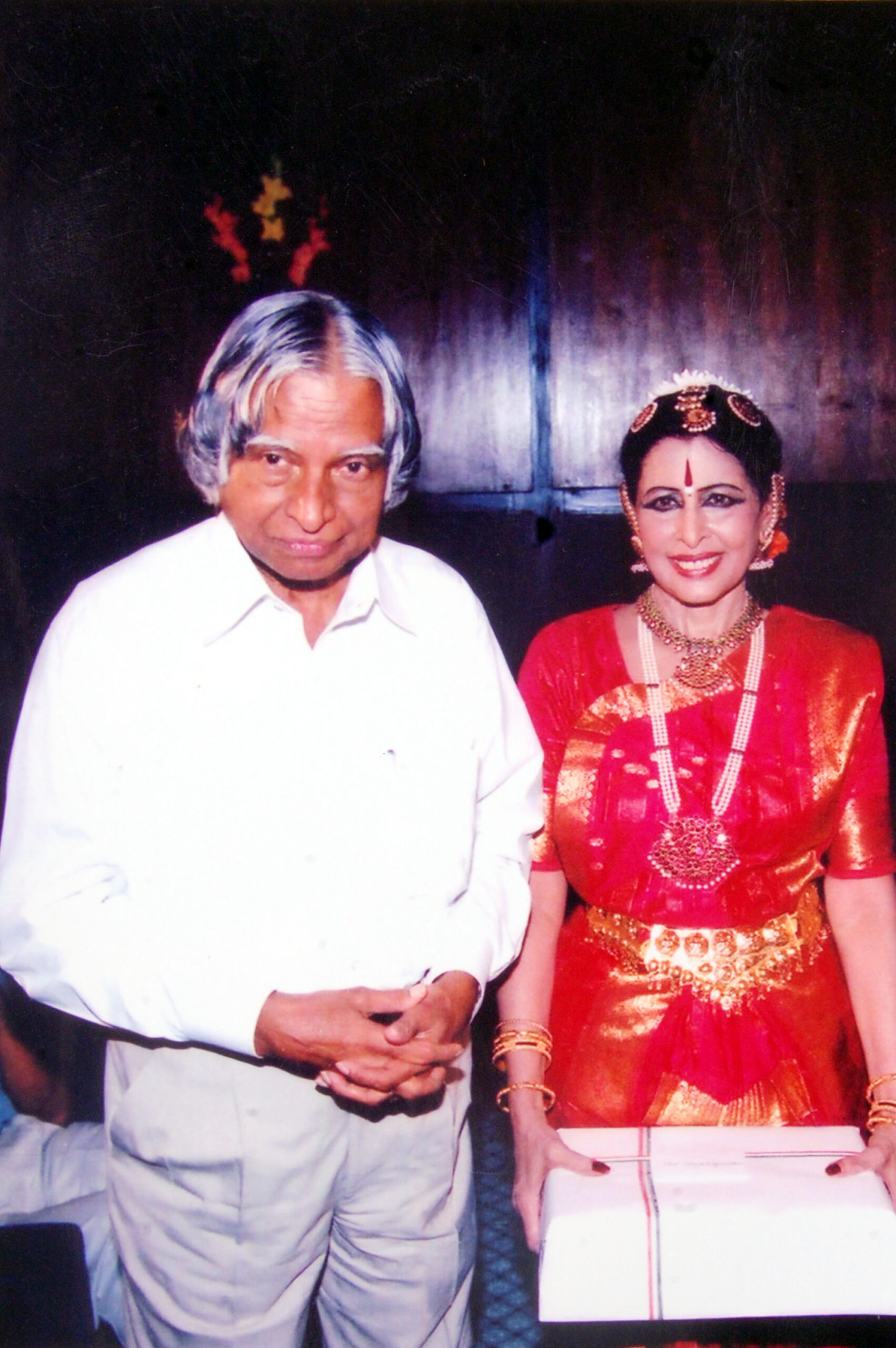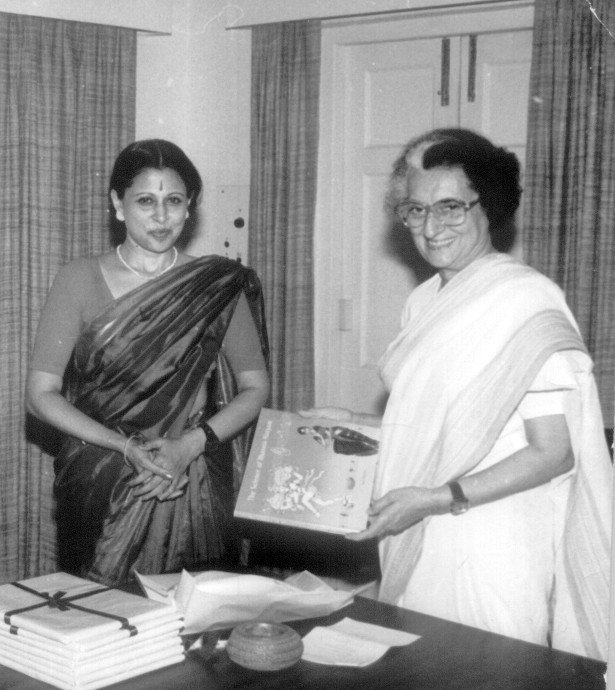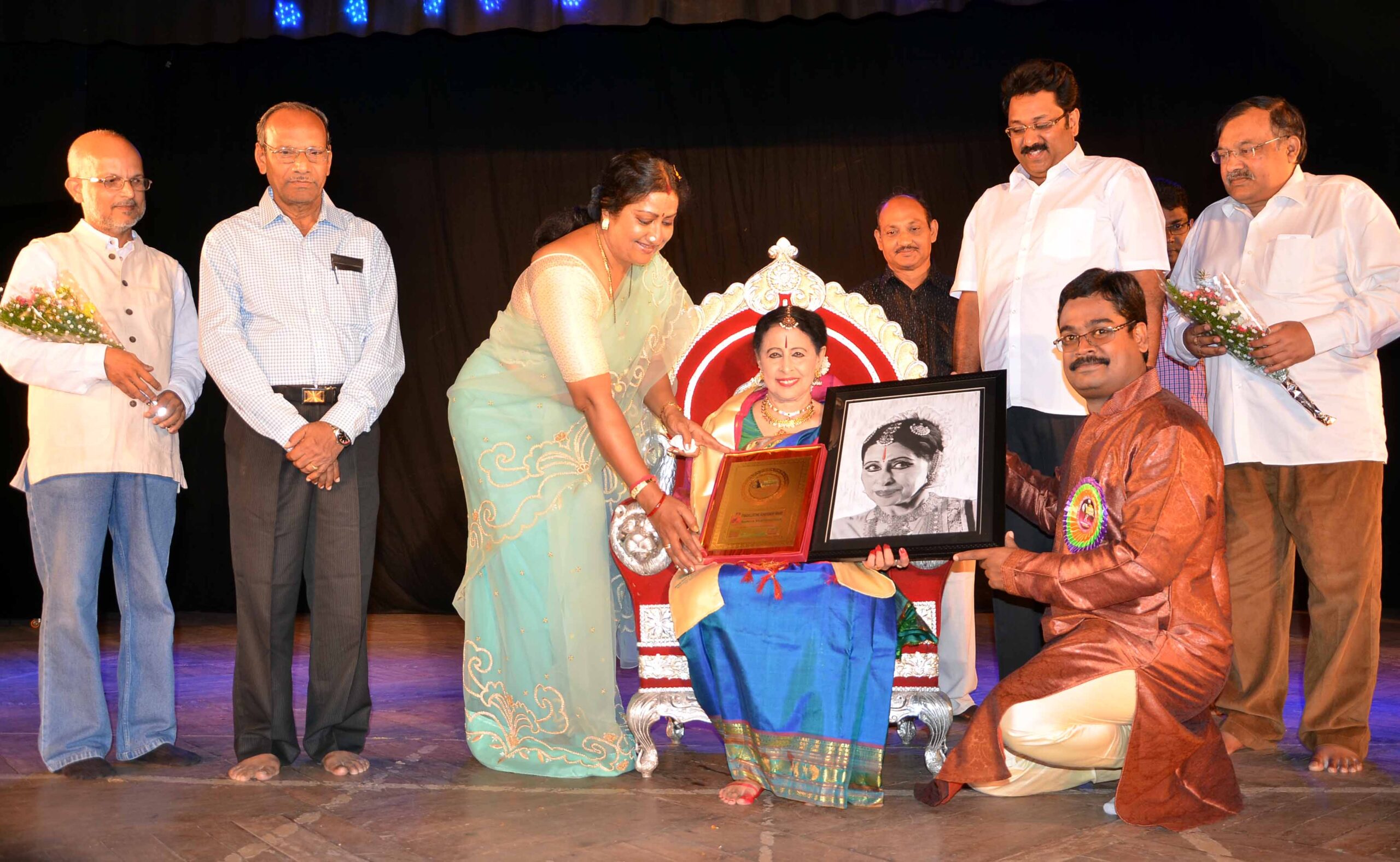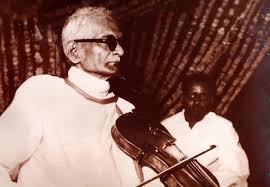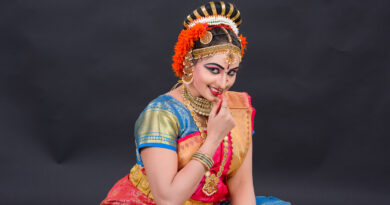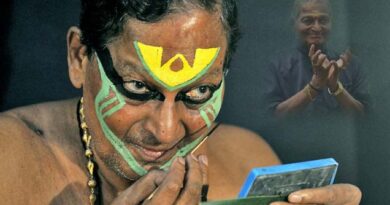The Triumph of an Artistic Soul
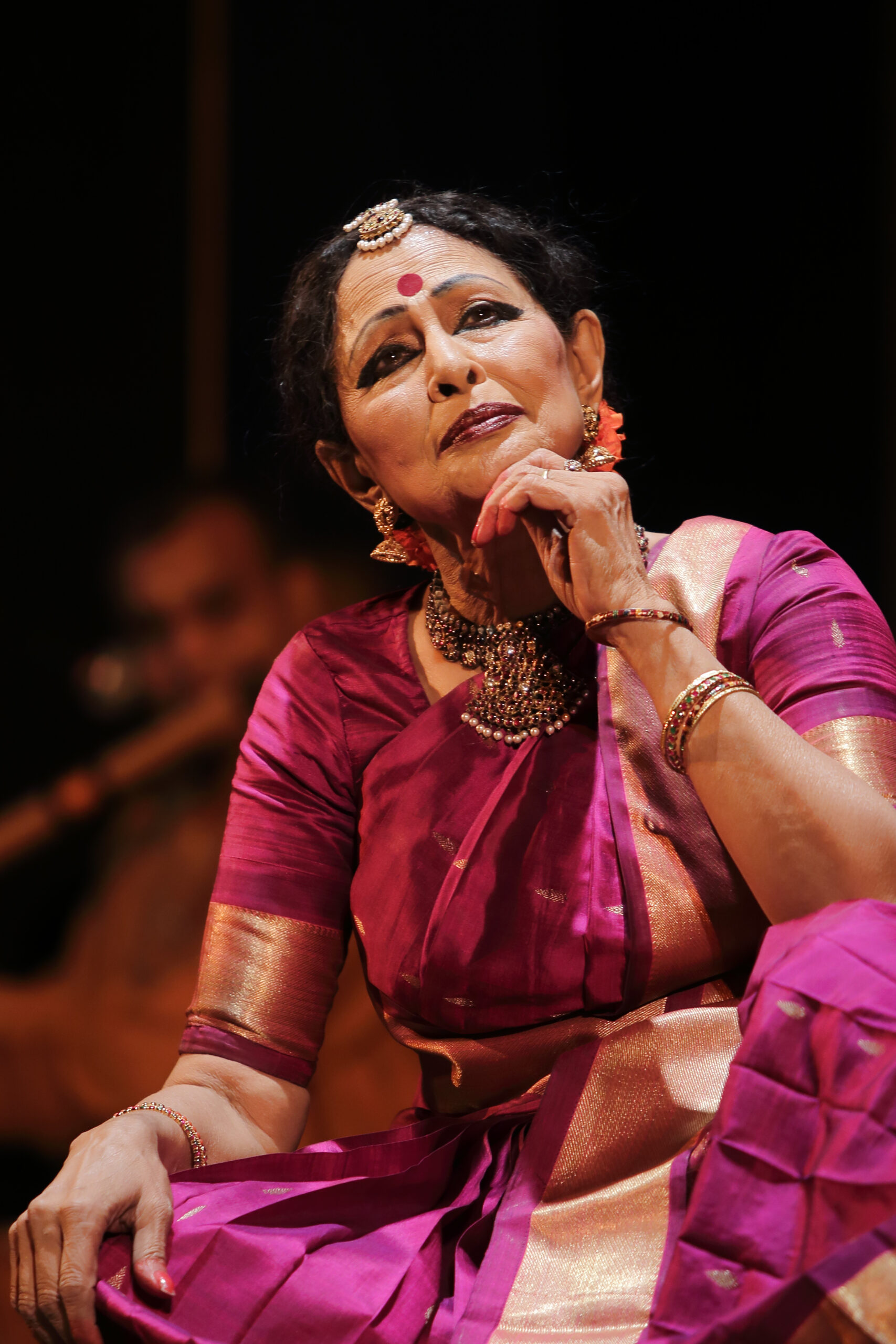
Text: Paul Nicodemus
She is an inspirational personage, an exemplary artiste and a living legend. She embraced classical dance and music at the age of 7 years and ever since her hunger for art kept growing and ran deep into her soul. SarojaVaidyanathan is a Guru, choreographer and exponent of BharataNatyam who won several awards and accolades including Padma Shri in 2002 and Padma Bhushan in 2013.
Born to an orthodox family at Bellary, Karnataka, on September 19, 1937, SarojaVaidyanathan’s journey into the world of art began at Chennai. Her family was academically oriented. Her father Dharmarajan, who worked in the Royal Air Force during the Second World War, came back and joined the Madras University as a secretary of Information Bureau and her mother KanakamDharmarajan was the vice-principal of a school. Both were, however, innately passionate about art.
“They were very good nature painters. I made a big album with their work. My mother was very good at embroidery, flower making and she was also a good singer,” Saroja recollects. Her father wrote guidebooks for students, while her mother wrote short crime stories, novels and pocket books. As a seven-year-old, she was interested in dance. But even as music was allowed in the family, dance was not. Initially her family members disliked the idea of her learning dance, but having looked at her interest in sports and art, they allowed her to train in dance, vocals, music, veena and the flute and even encouraged her to take part in the sports like netball and badminton. “I joined a nearby school under Guru Lalita at the age of seven in Chennai. I am so glad that my parents supported me,” she adds.
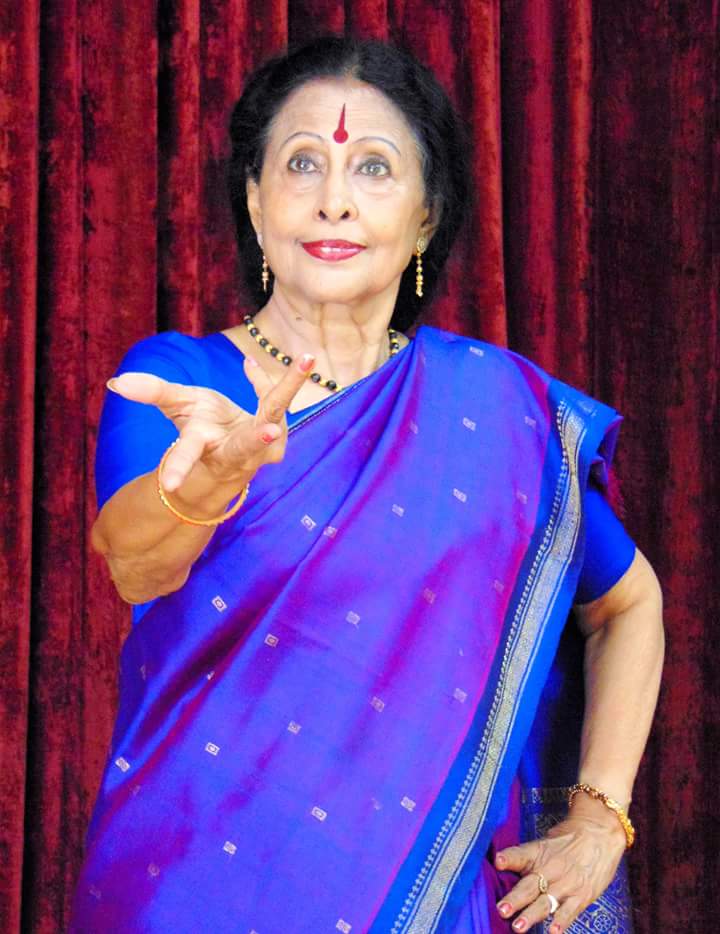
For several years, Saroja enjoyed the art education under accomplished teachers. Her Guru Lalita imparted dance, veena, vocal, violin, flute and mridangam classes. Later, Saroja studied music at Madras University under professor Sambamoorthy and practiced ShankaraBhagavatar at home. She learned the veena, flute and other arts at the SaraswatiGanaNilayam for a brief period.
Having a guru, who believed in divinity and dedication, instilled all the right ingredients in the artistic life of SarojaVaidyanathan. Bharatanatyam was the only classical dance form taught and practiced during those days in Tamil Nadu. Guru Lalithamma, director of SaraswathiGanaNilayam, a school based in Chennai for the past seventy years, was her teacher. She was herself a disciple of TanjavurKattumannarMuthukumaranPillai, a great legend of yester years. Though vaguely, Saroja still remembers her guru taking her to Thanjavur and learning the song ‘PadaviVarugudu one padam’ from him.
Guru Lalitha had sacrificed her marriage and completely devoted her life towards art. She was an accomplished singer, dancer, choreographer, composer, flutist, veena and mridangam player who even composed several margams (syllabus items), padams and dance dramas. Her source of inspiration was her puja room. She would sit there for two to three hours and come back with beautiful compositions. In 1940’s, Guru Lalita wrote all the lyrics in the form of a book and published recorded music for her disciples, especially for those who are not from Chennai. “Sometimes, I feel extremely sad that she was not properly recognised for her work because the society during those days was not ready to accept a woman who disowned her married life. Also coming from a high-class Brahmin family to the world of art made things even difficult,” Saroja laments.
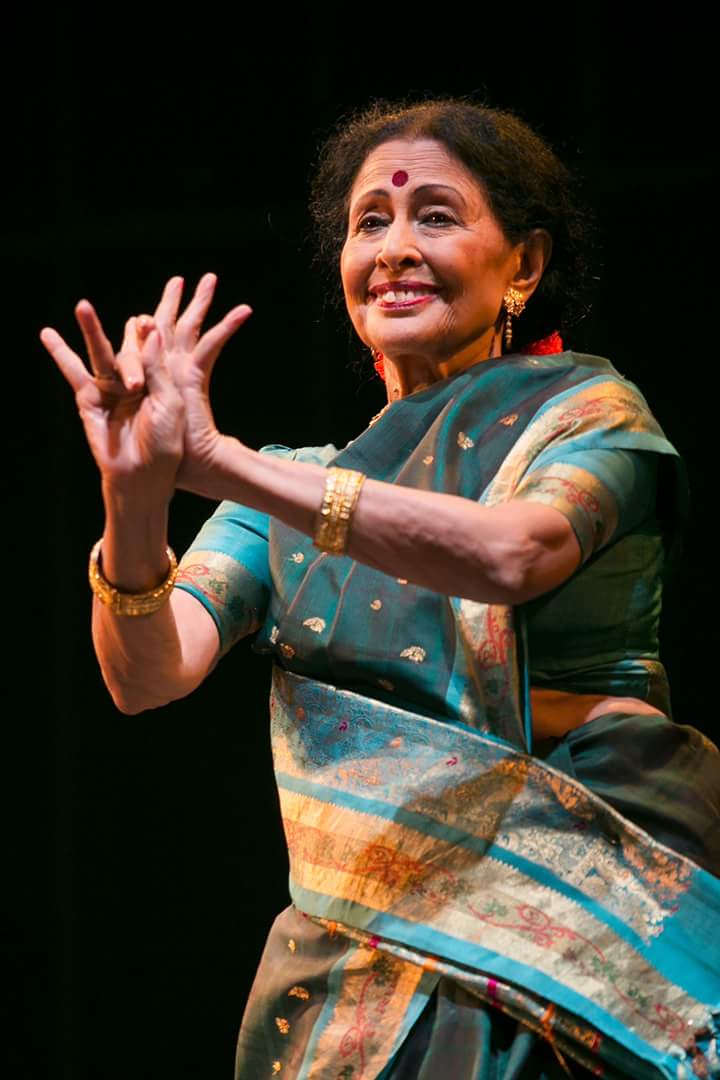
It was her performance at the famous Gokhale Hall in Chennai at the age of 16 years that changed her life. Renowned producer Madhavan watched her performance and approached her for a role in his film. Outraged, the whole family got together to end her dance training and get her married to C.R. Vaidyanathan, an IAS officer of Bihar Cadre, who had just entered the service.
“When I got married at the age of sixteen and a half, I thought my whole career was over,” she remarks. Eventually, they had two children Ramachandran and Kamesh. She taught both of them sitar and tabla.
In Bihar in 1964, she got another chance to rekindle her passion. As a commissioner’s wife she assembled children of the local club members and started composing several dance performances.
“I created, composed and choreographed numerous dance dramas for children and made them perform at various places,” she says. Though not on a professional level, she even performed as her husband allowed her to teach and dance on the condition that she should not charge any money for her performances. “I agreed to it because I was not keen on earning money, it was more to satisfy my soul,” she said.
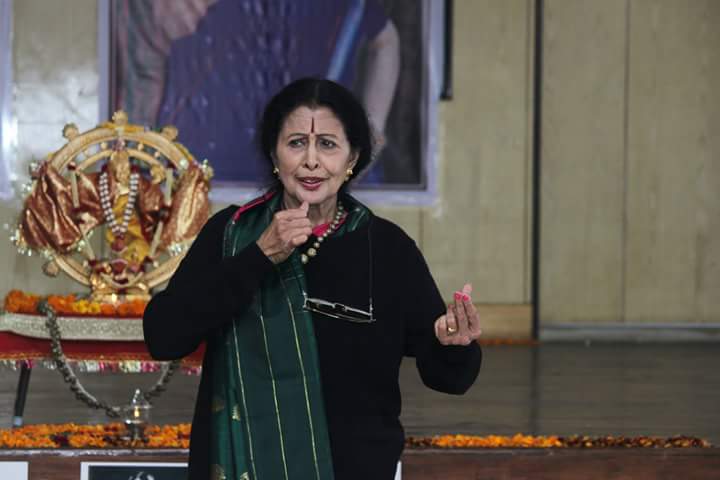
An unexpected phase in her life started to unfold when they moved to Delhi in 1972. The true beginning of Saroja’s professional career began to take shape in the capital. She started performing and set up a small institution with only four girls in her Curzon Road apartment. “I never thought that I would be doing something like this at a later stage in my life,” she said.
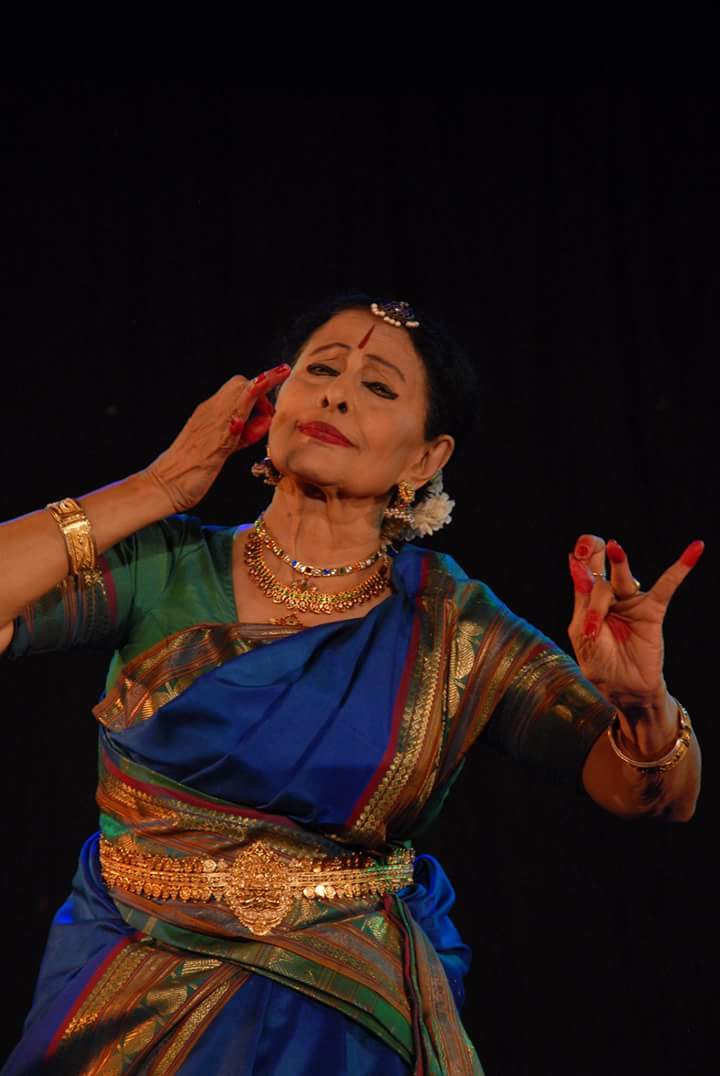
However, things came to a sudden halt in 1982, when the construction of her building began and she stopped her professional career as a dancer in order to oversee the construction work. “To gain something, you have to lose something,” she says. So for a period of four years she did not perform, as she could not get a break from teaching or the construction work. “Both these were important to me, especially constructing the building which has been my dream,” she explains.
Being married and in her thirties now, it was not easy for Vaidyanathan to prove her mettle. But she got immense support from her husband to realise her dream. C.R. Vaidyanathan was also a musician who trained under the legendary G.N. Balasubramaniam. He was an accomplished singer, but instead of singing, she says, he became a critic of her work. “He often pointed out my mistakes. He expected perfection in administration and career,” she said.
At home, she got a lot of encouragement from her mother-in-law, who was herself a harmonist. Saroja was her beloved till her death and this helped her with the career. “I knew the value of time and knowledge and developed a belief that hard work would surely take you to the top,” she said.
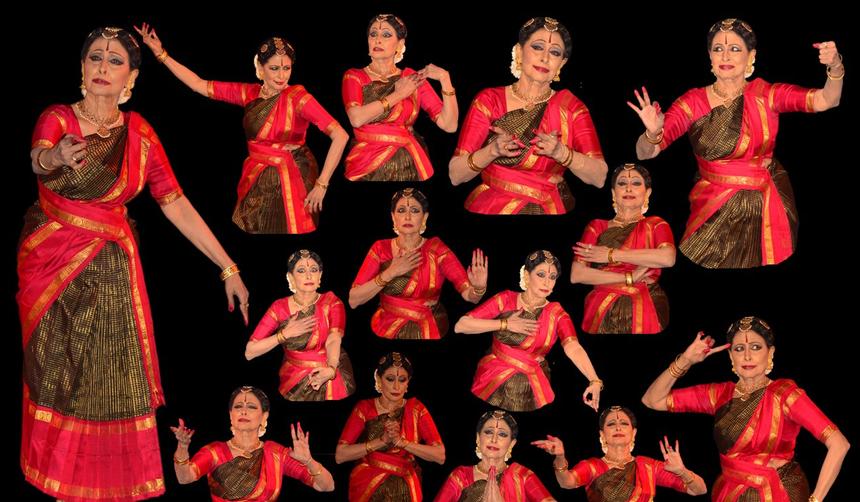
Though she never wanted recognition, it started pouring in towards the later part of her life. People started recognising her sincerity and standard of presentation as she choreographed different ballets based on social and mythological themes. Her dance ballets were always full of happiness, struggles, hard work, patience, knowledge and the faith in the Supreme One.
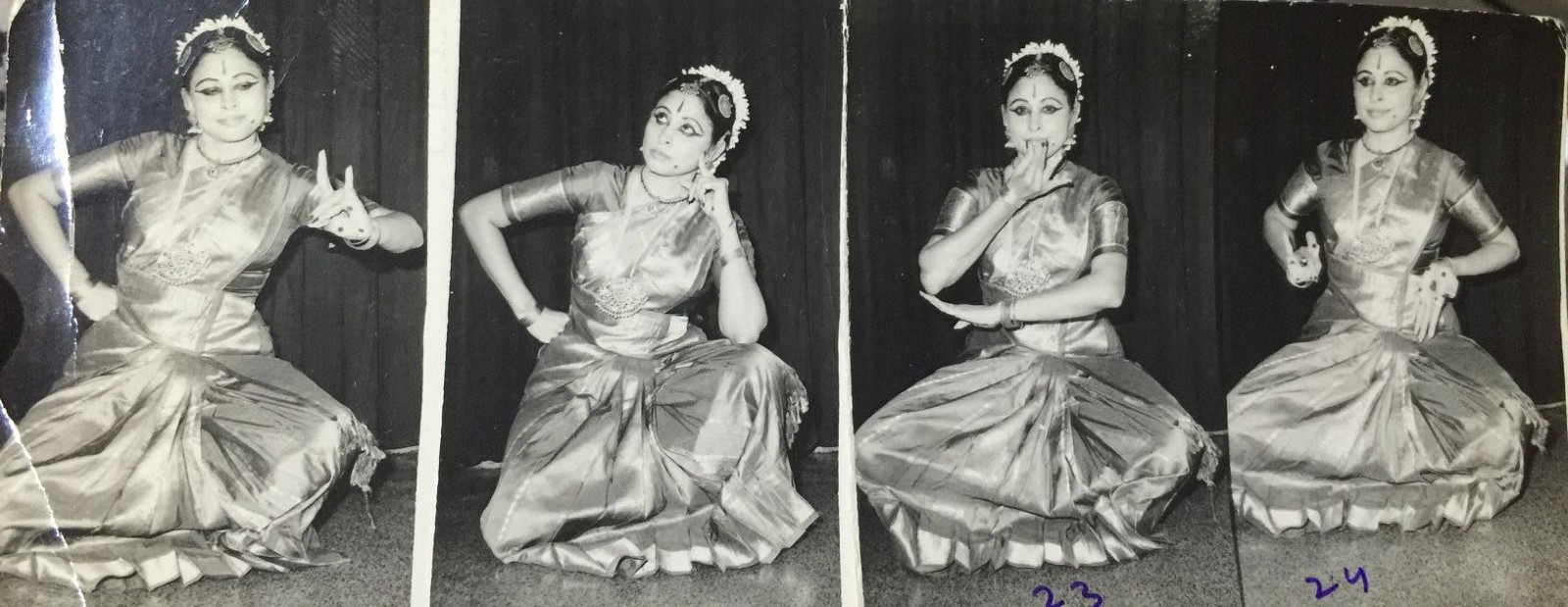
But more criticism and rejection was yet to come her way. Recollecting an incident she says, “Once I visited a particular official during Prime Minister Indira Gandhi’s tenure with a copy of my book. On receiving the book, she advised me to look after my family and not waste my time as I was a married woman and there were already many artistes in Delhi.”
Growing through struggles was no cakewalk but it made her what she is today. From being a student of arts, sports, and academics to a professional performer, teacher, choreographer, author, administrator and social worker, life taught her valuable lessons through various struggles. “Solving and going through troubles led me to a peaceful and calm life,” she says.
She believes that artistes can spread a message through dance as they could easily convey it through expressions on the stage. “We have to fuse mythology with social and sensitive themes based on women, child labour and health and bring awareness in the society,” she suggests.
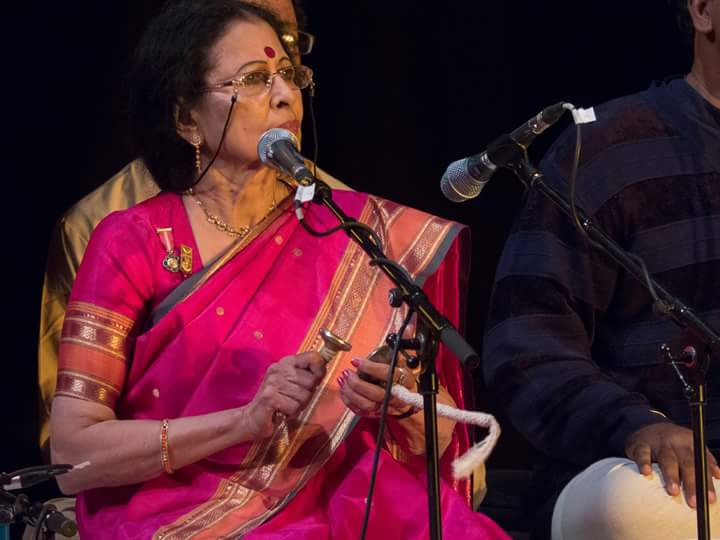
A dance presentation is also an elaborate task. Saroja selects her subject and critically analyses it first to understand if it is suitable for her presentation. Then she does research and takes out the nuances, which are important for her to convey the message through the medium of art. After that, she meticulously chooses the words and lyrics and if that doesn’t happen then she asks lyricists and poets to make beautiful verses of the story, based on mythology and society or even personalities like Shabari, Soorpanakha, Draupadi, Sita, Urmila, Mandodri or any great human being like SubramaniaBharathi. Then she sits down with the lyrics and selects either a part of the life or part of the story with the strongest message. That is then elaborated as a particular scene. “If it is a dance drama, I close my eyes and visualise the characters and select my disciples accordingly,” she explains.
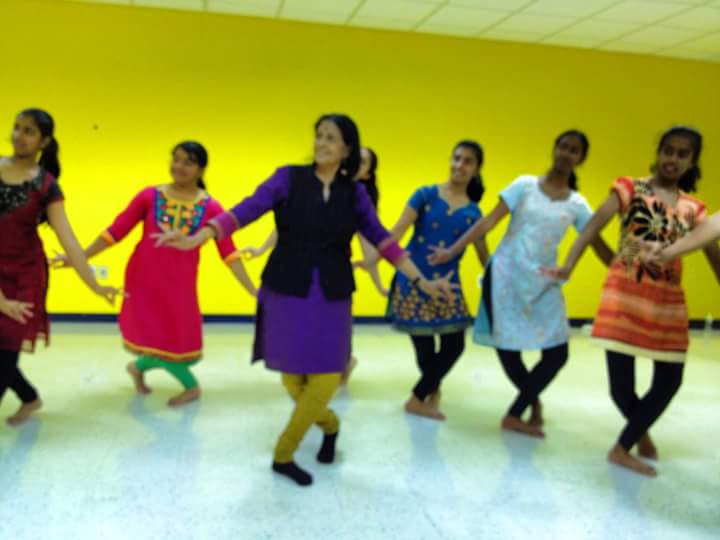
All this is mostly done in the early hours of the morning, as she believes that it is the best time for the creative process. “I start recording the music, repetitions, melody, raga, tempo, instruments, pitch and other components. After completing all these analytical work, I record the music and then I start teaching. Sometimes I get great ideas while composing the choreography and I change the music on the spot,” she adds.
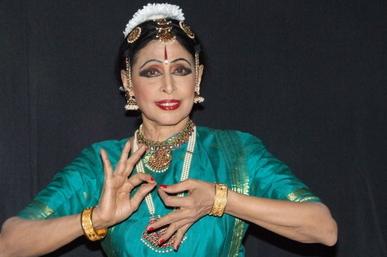
Initially, she practiced dance full-time and her entire day revolved around practice and performance, but then that changed in 1974 when she started her school. From then on, she had to divide her day into academic classes and dance practice. In 1982, when the Delhi government provided the land for constructing a building of her own, her life was divided into four parts — family, dance, teaching, and construction. Early in the morning, before anybody woke up, she practised dance for an hour. Later during the day she took care of her family and visited the site. Post lunch, she took classes till the evening and again enjoyed quality time with her family.
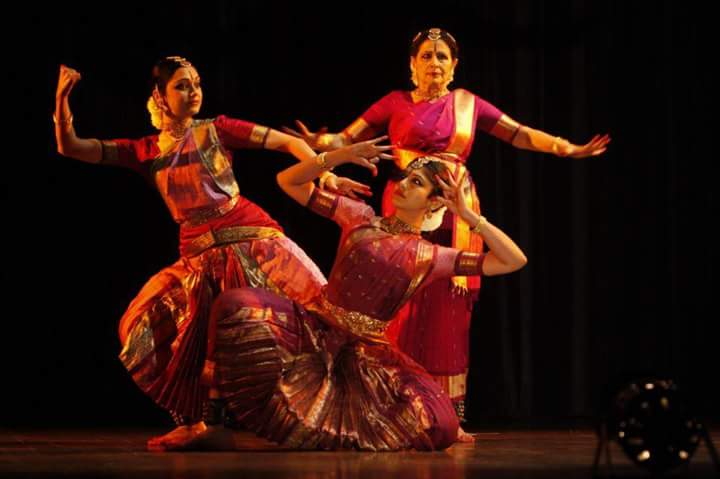
Even now, her day starts at 4:30 am, which she dedicates to meditation, choreography, writing her dairy and replying to all emails and messages. “It is the best part of the day to do something creative,” she suggests.
Apart from dance and music, Saroja loves gardening. “I love to see the plants grow!” she exclaims. Every day in the morning, she spends at least half an hour moving in her small garden, watching each plant, flower, vegetable, and tree. She also follows the news and enjoys reading magazines. She says watching challenging movies, crime stories and investigations broadcasted on television channels like Discovery interests her. “I really love them,” she admits. As a family, they talk about family matters and crack jokes.
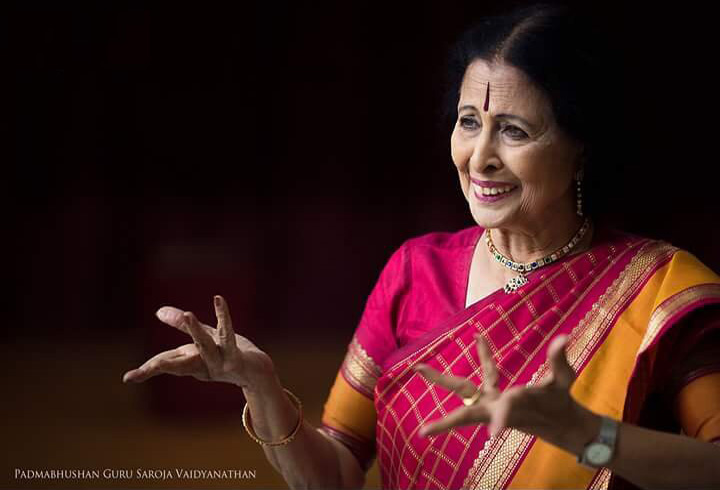
Indian classical dances with their rich cultural heritage have impacted the world, cutting across different cultures and have been widely accepted and appreciated. Whenever Saroja travels abroad, she feels extremely proud and happy to represent a classical art form that has been in existence for more than 2000 years before a foreign audience. In her workshops and dance performances, she grabs every opportunity to talk about her country’s history and heritage. “I feel proud and happy that I am an Indian and God has given me the opportunity to present our country’s heritage and history to the world,” she says with patriotic fervour.
Speaking about the younger generation, she says that they are smart, quick and focused. While feeling happy about their dedication, she also feels sad that they are impatient. “Today’s generation wants to acquire everything in a flash. Our art is an ocean; there is no end to it,” she says. She always advises youngsters, who train under her to be patient, practice constantly and focus on the subject. Hard work would eventually bring recognition. “If they learn to be patient and respect our culture, I am sure we would have more scholars in the generations to come. More research workers should come forward to propagate Indian culture. Though there are a lot of books and scripts, the younger generation with all the modern technological advancements could do wonders and a lot more than what we previously did,” she says.
AWARDS :
